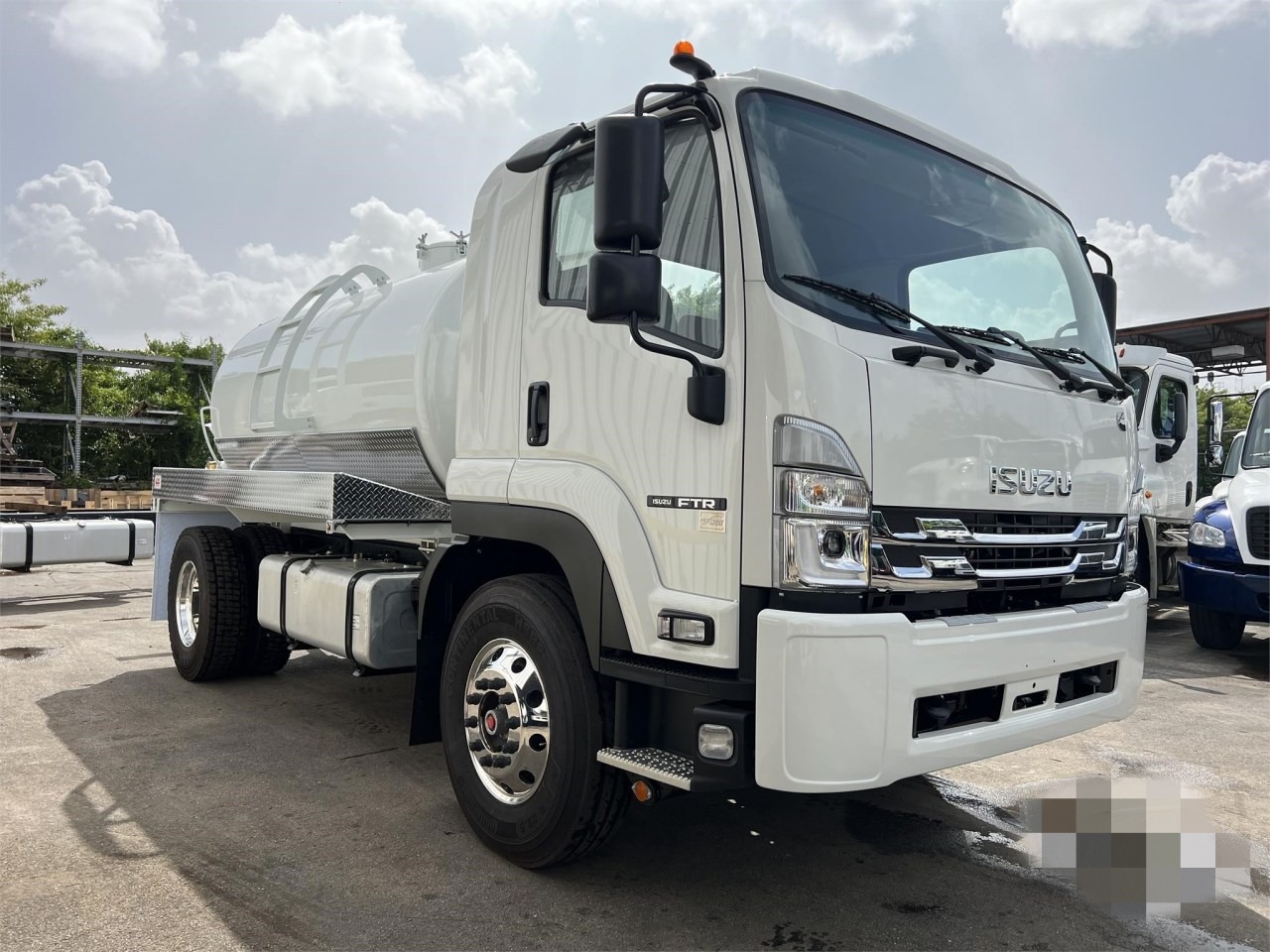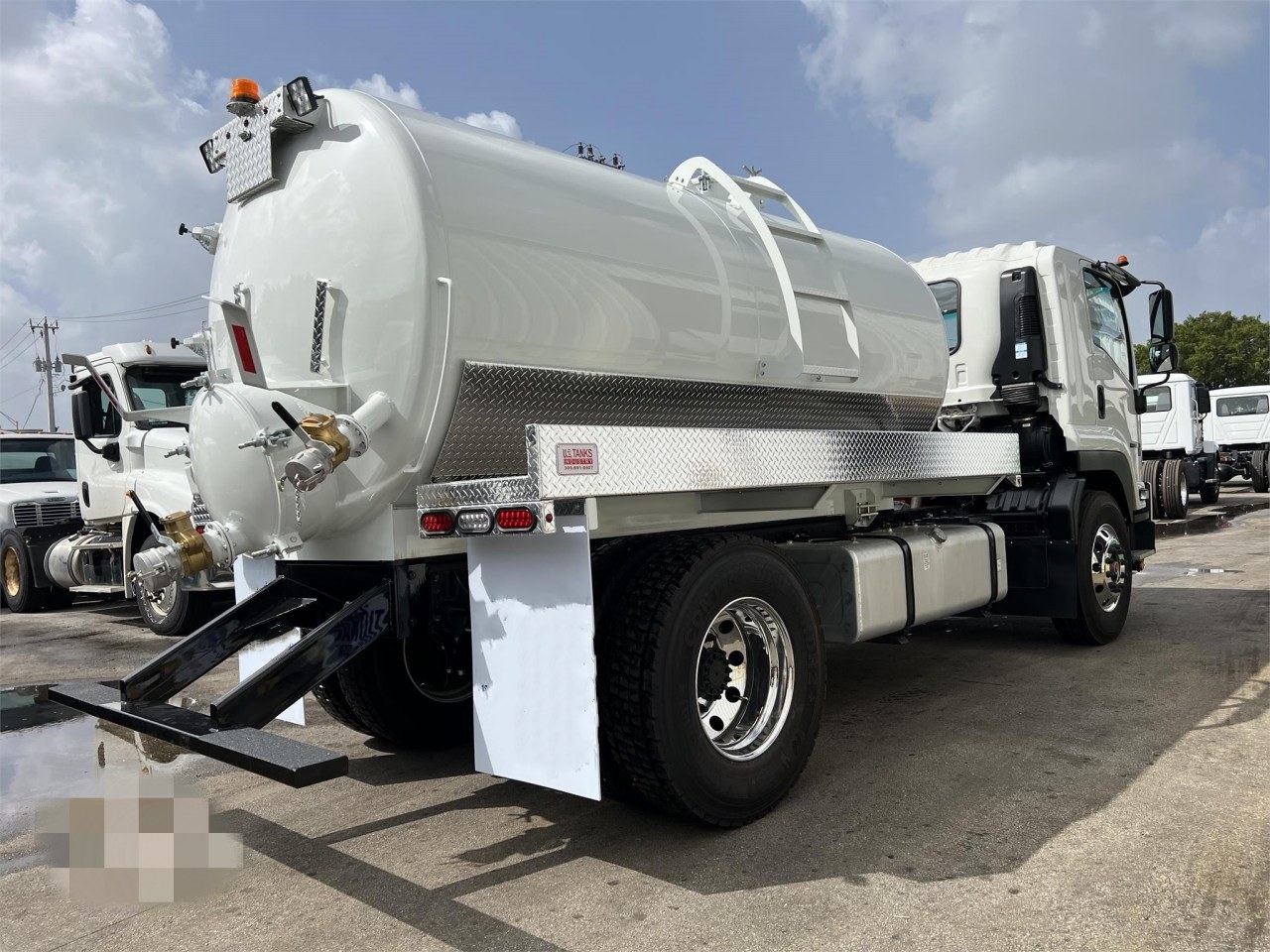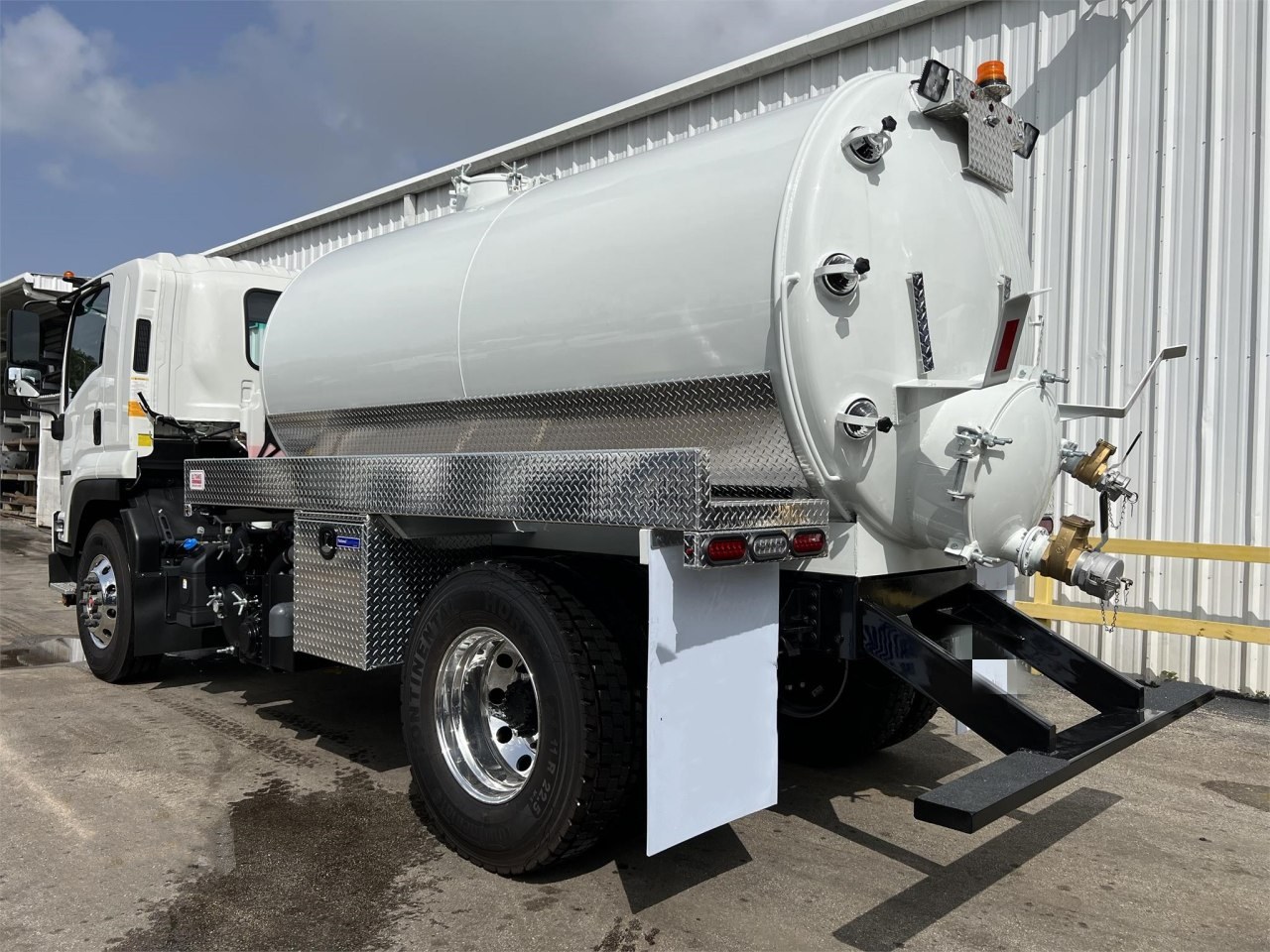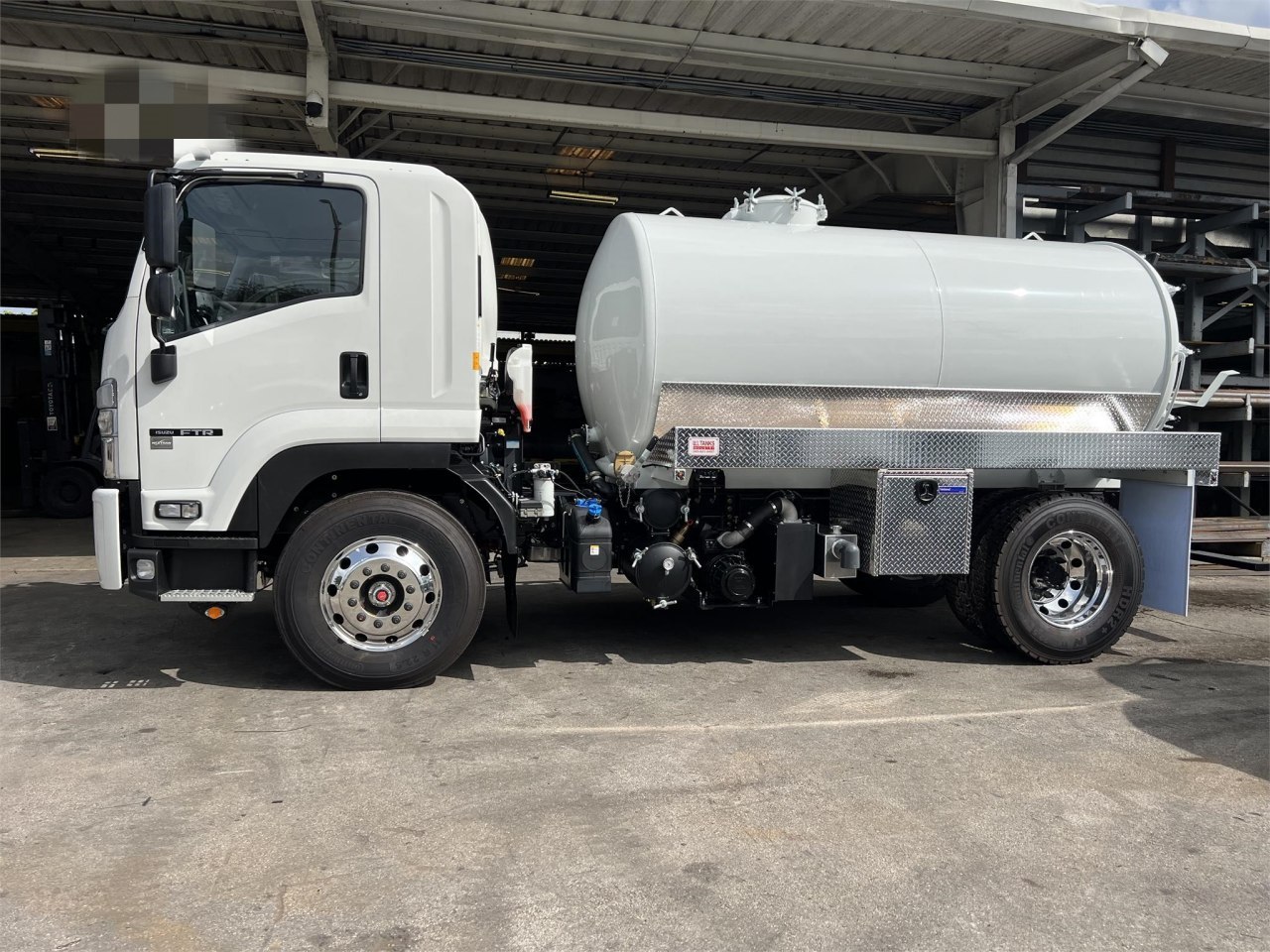Water tanker lorries play a crucial role in a wide range of industries, from construction and agriculture to firefighting and municipal services. They are designed to transport large volumes of water efficiently and safely to areas where a consistent water supply may not be readily available. One of the most important aspects to consider when discussing these vehicles is their capacity. But what exactly is the capacity of a water tanker lorry, and what factors influence it? Let’s dive deeper into this essential topic.
Understanding Water Tanker Lorry Capacities
The capacity of a water tanker lorry refers to the total volume of water it can carry at one time. Typically, this is measured in liters (L), gallons (US or Imperial), or cubic meters (m³). Tanker lorries come in a wide range of sizes, and their capacities can vary significantly depending on the purpose they serve and the design specifications.
In general, water tanker lorry capacities range from 1,000 liters (about 264 gallons) for small trucks to over 30,000 liters (about 7,925 gallons) for large semi-trailer tankers. Here’s a rough breakdown:
- Small Water Tanker Trucks: 1,000–5,000 liters
- Medium Water Tanker Trucks: 5,000–15,000 liters
- Large Water Tanker Trucks: 15,000–30,000+ liters
This variety allows industries to choose a water tanker lorry best suited for their specific needs, balancing factors like accessibility, delivery frequency, and site limitations.

Common Water Tanker Sizes and Uses
Let’s look at a few examples of common water tanker lorry capacities and their typical uses:
- 1,000 to 3,000 Liters: These smaller tankers are often used for landscaping, watering gardens, dust suppression in small construction sites, or delivering water in tight urban spaces. They are highly maneuverable and ideal for jobs requiring access to narrow or restricted areas.
- 5,000 to 10,000 Liters: Mid-sized tankers serve medium-sized construction sites, small municipal projects, and agricultural operations. They provide a balance between carrying enough water and maintaining good vehicle maneuverability.
- 15,000 to 30,000 Liters: Large tankers are used for major infrastructure projects, mining operations, wildfire control, and supplying water to large rural areas or disaster-stricken regions. These trucks can carry massive volumes and often feature reinforced chassis and heavy-duty engines to handle the weight.
Factors Influencing Tanker Capacity
Several factors determine the final capacity of a water tanker lorry:
1. Vehicle Size and Chassis
The underlying truck chassis greatly impacts how large a tank it can support. Heavier-duty chassis with multiple axles (e.g., 6×4 or 8×4 configurations) can handle larger and heavier tanks compared to light-duty trucks. Manufacturers carefully match the tank size to the truck’s gross vehicle weight rating (GVWR) to ensure safe and efficient operation.
2. Tank Material
Water tanks can be made from various materials such as steel, stainless steel, aluminum, or polyethylene (plastic). Lighter materials like aluminum or polyethylene allow for slightly larger tanks without exceeding weight limits, whereas steel tanks are heavier and might slightly reduce available water-carrying capacity.
3. Regulations and Road Limits
Legal restrictions on axle weights and total vehicle mass affect the maximum allowable water capacity. In some regions, stricter limits are imposed on public roads, particularly for fully loaded commercial vehicles. Operators must comply with these regulations to avoid penalties and ensure safety.
4. Water Density
Although often overlooked, the density of the transported liquid matters. Freshwater typically has a density of 1,000 kg/m³. However, if a tanker is carrying other liquids like saline water (for dust control in mining), the slightly higher density could affect maximum load calculations.
5. Tank Shape and Design
The design of the tank itself—whether it’s a cylindrical, elliptical, or D-shaped tank—affects how much water it can carry and how the vehicle handles on the road. Cylindrical tanks are common because they balance strength and ease of cleaning, but elliptical tanks can lower the center of gravity for better stability.
Specialized Water Tanker Features
Some water tankers come with special features that, while not directly impacting overall capacity, enhance their efficiency and usability:
- Baffles: Internal plates that prevent water from sloshing during transport.
- Spray Systems: For dust suppression or road cleaning.
- High-Pressure Pumps: For delivering water at high pressure for firefighting or irrigation.
- Insulated Tanks: To prevent water from freezing in cold climates.
These enhancements help tailor a tanker to specific operational needs while ensuring that the capacity is used effectively.
How to Choose the Right Tanker Capacity
Selecting the right water tanker lorry involves assessing several factors:
- Job Requirements: How much water is needed per trip?
- Accessibility: Will the tanker need to navigate narrow roads or rough terrain?
- Legal Load Limits: What are the road regulations in the operational area?
- Refill Logistics: How far is the nearest water source for refilling?
- Budget: Larger tankers cost more upfront and have higher operating costs.
For example, a construction company operating in a city might prefer several medium-sized 8,000-liter tankers over 1 massive 25,000-liter tanker to maintain flexibility and maneuverability.

Final Thoughts
The capacity of a water tanker lorry is a crucial factor that determines its effectiveness and operational efficiency. With capacities ranging from 1,000 to over 30,000 liters, there is a wide variety available to suit nearly any need. Whether for firefighting, agriculture, construction, or municipal supply, choosing the correct tanker capacity ensures smooth, safe, and cost-effective operations.
When selecting a water tanker lorry, it’s essential to balance the operational needs, legal requirements, and logistical considerations. Working with reputable suppliers and manufacturers can also ensure that you get a tanker designed and configured exactly for your intended application.
In an industry where water is often a lifeline, understanding the capabilities of water tanker lorries can make all the difference between success and inefficiency.



